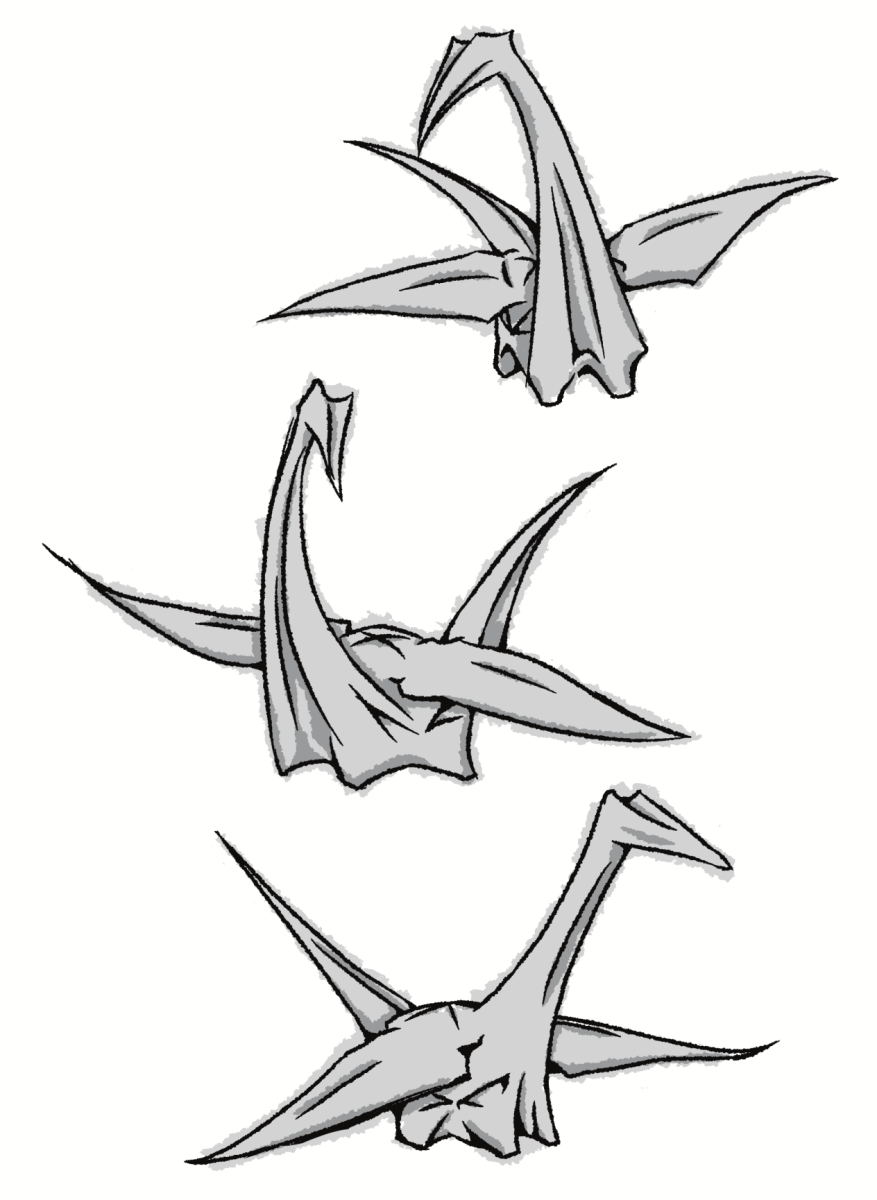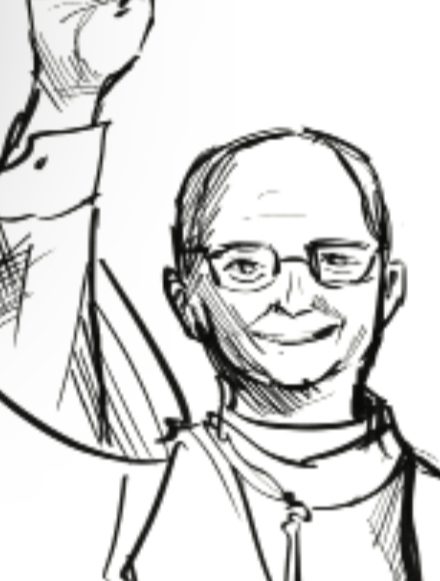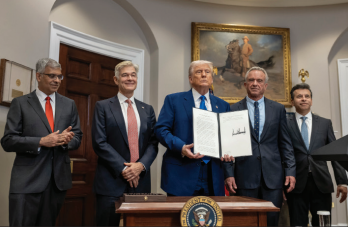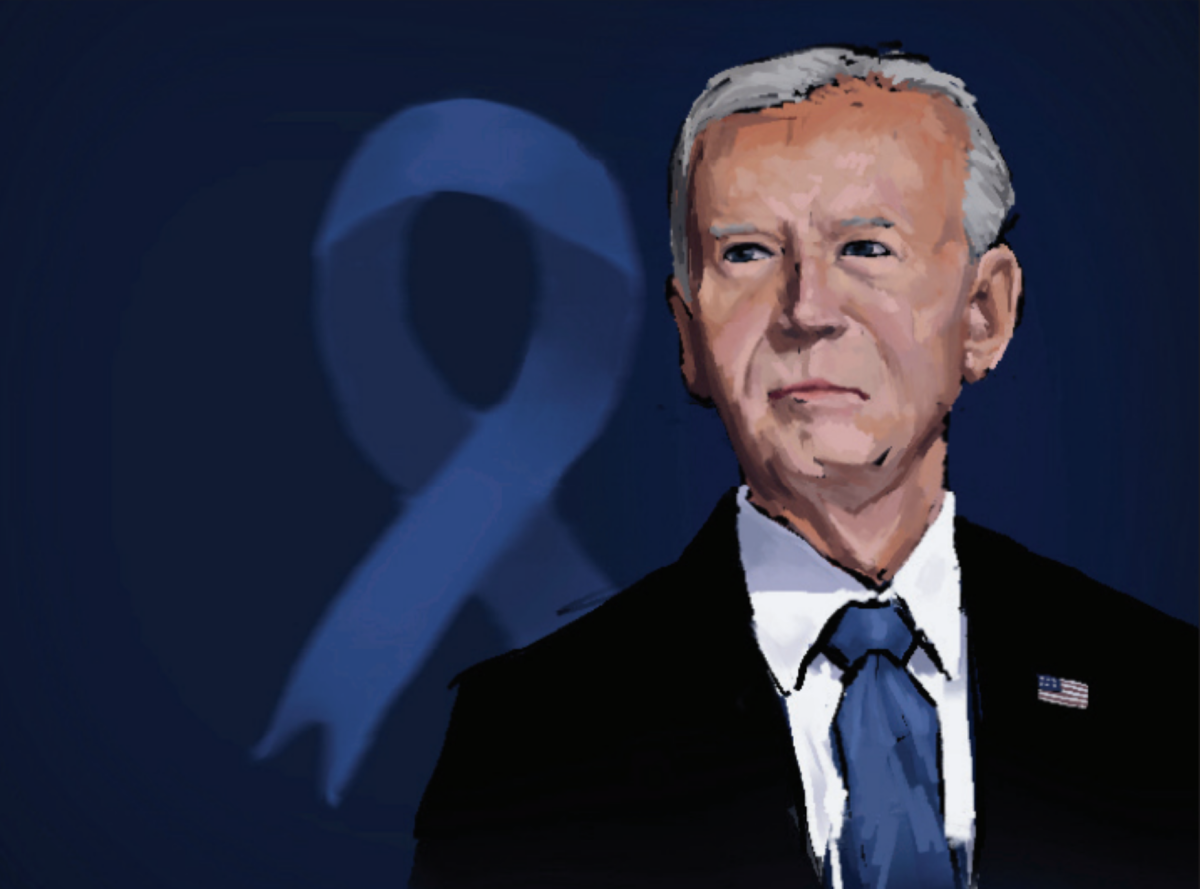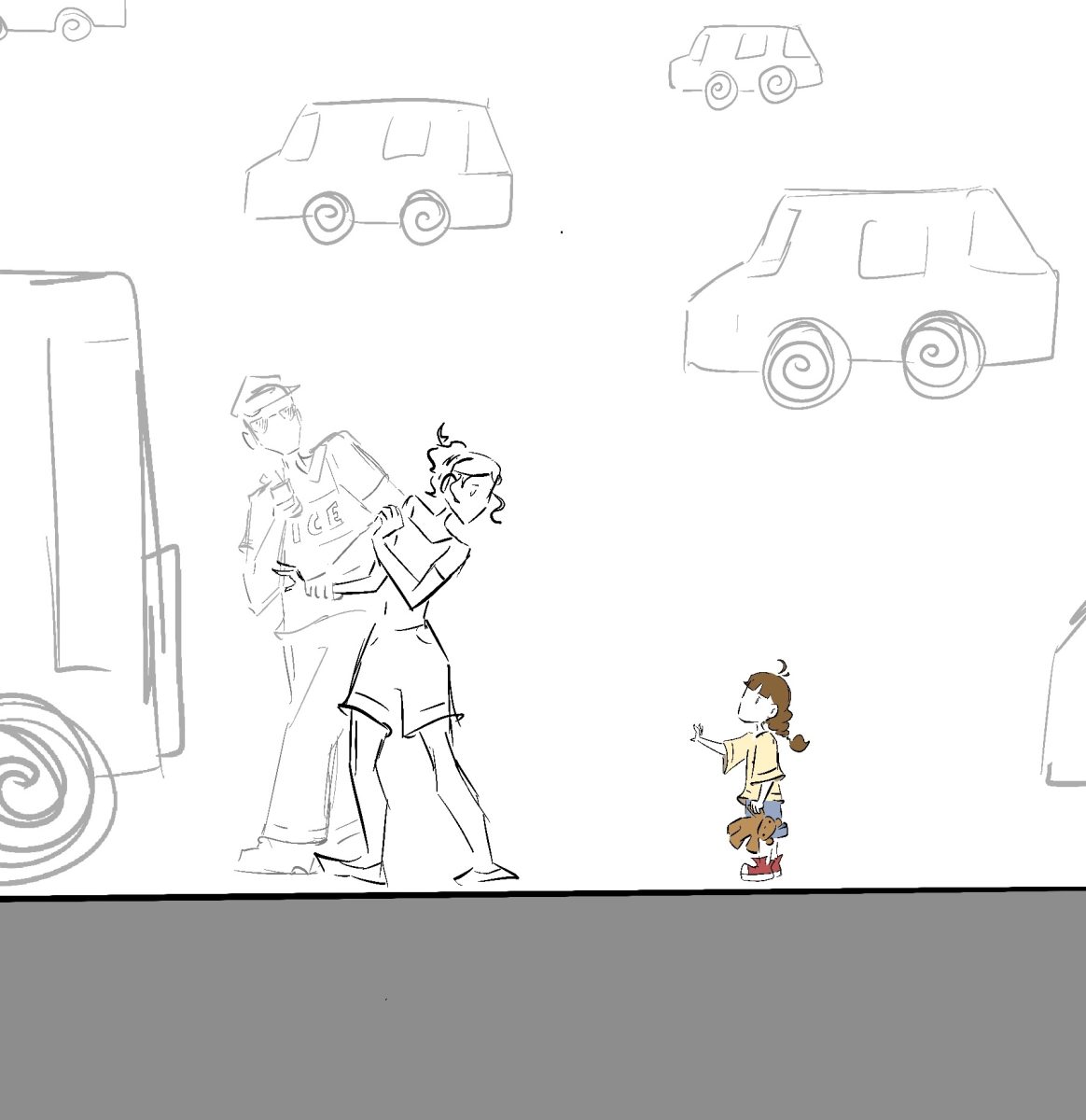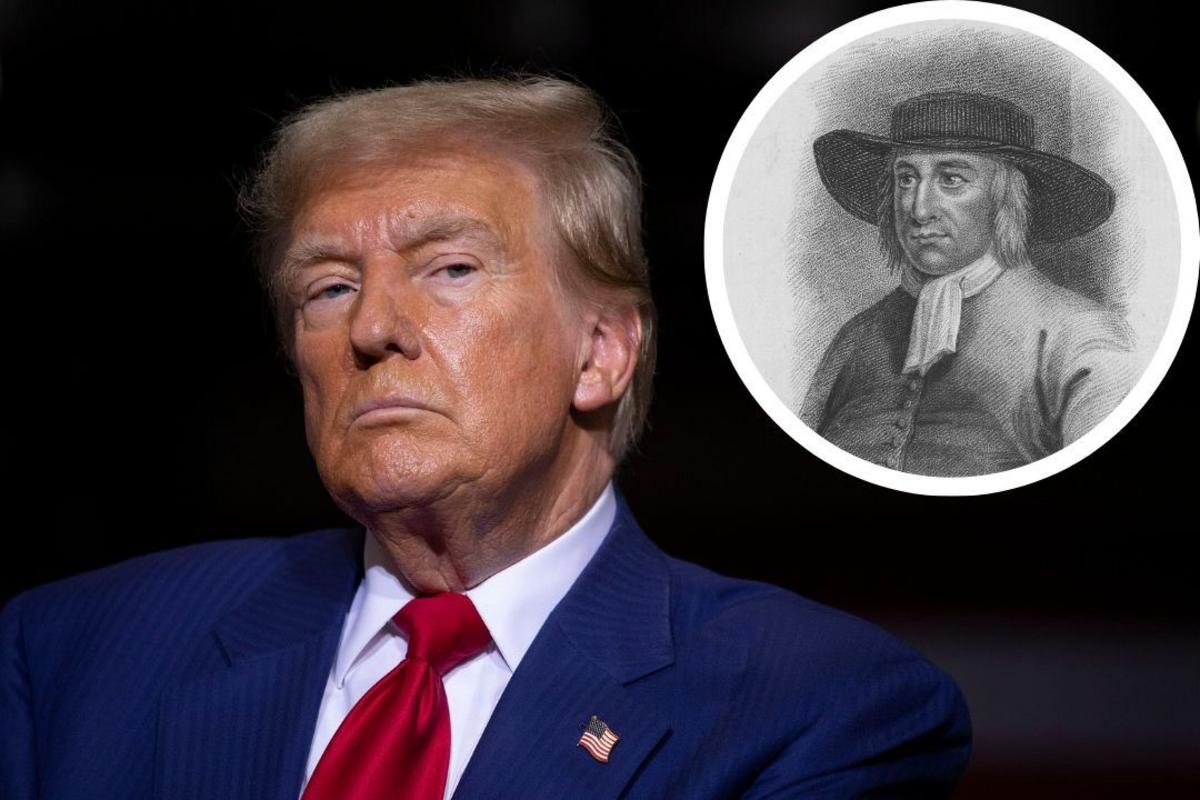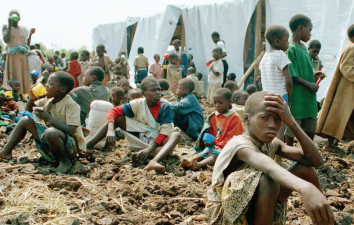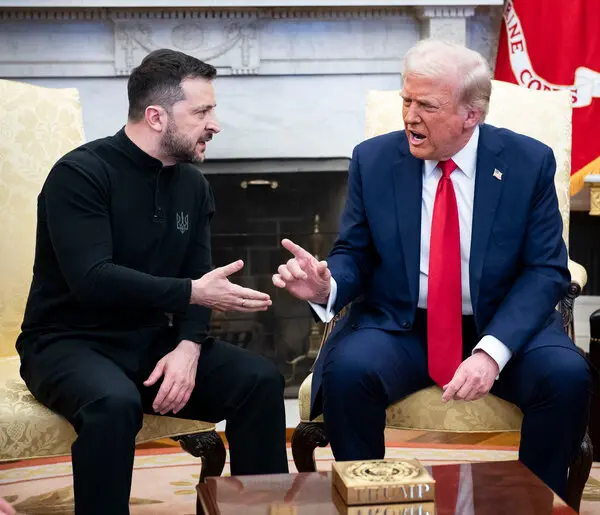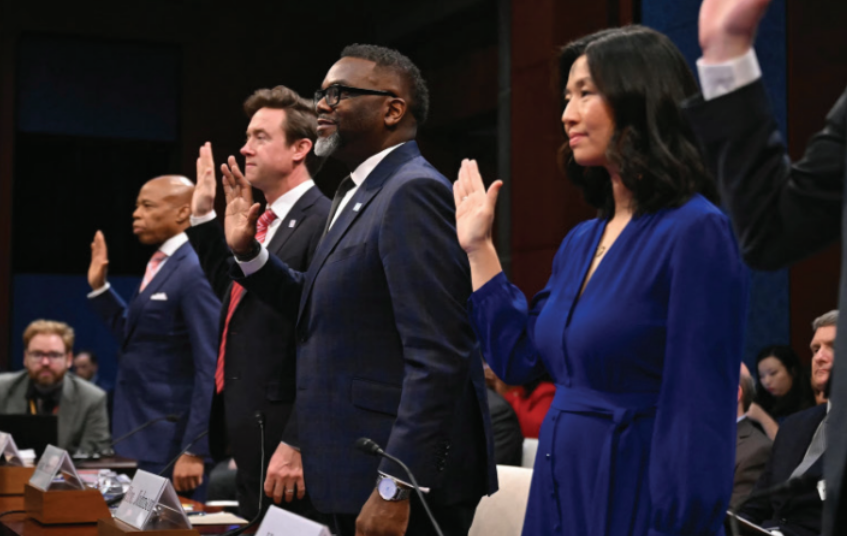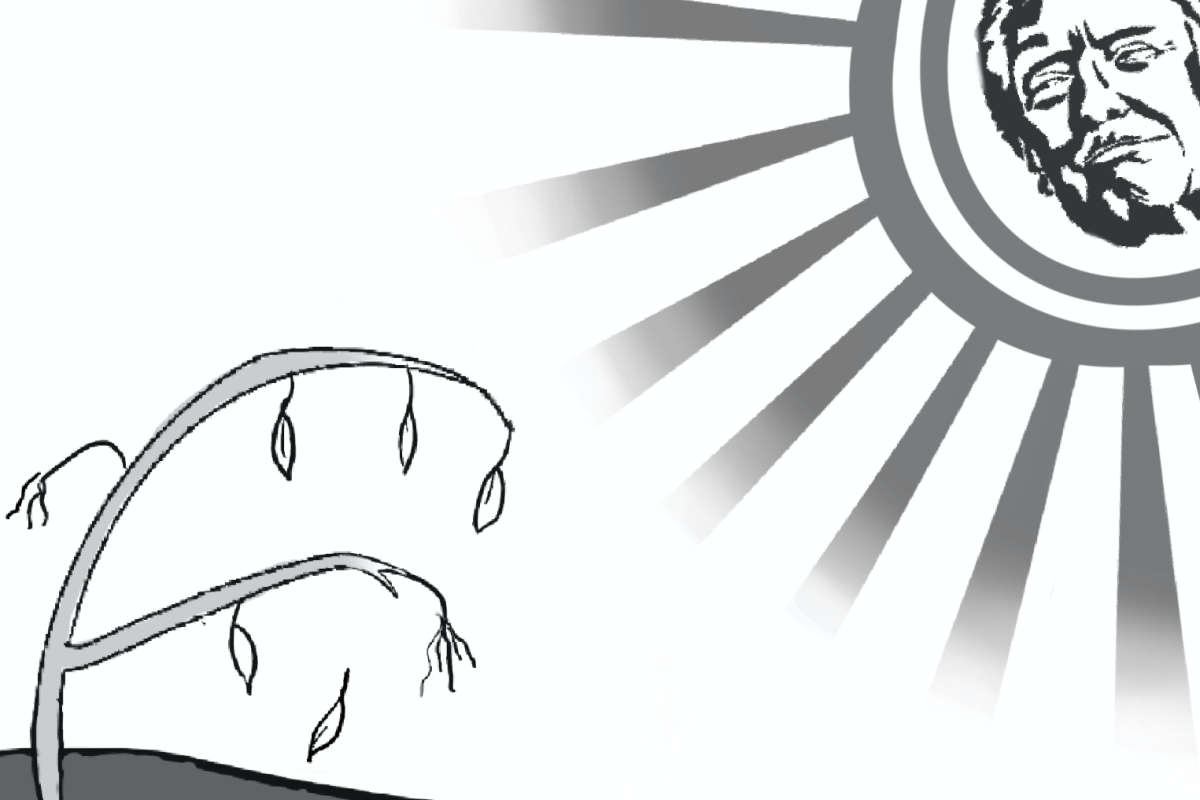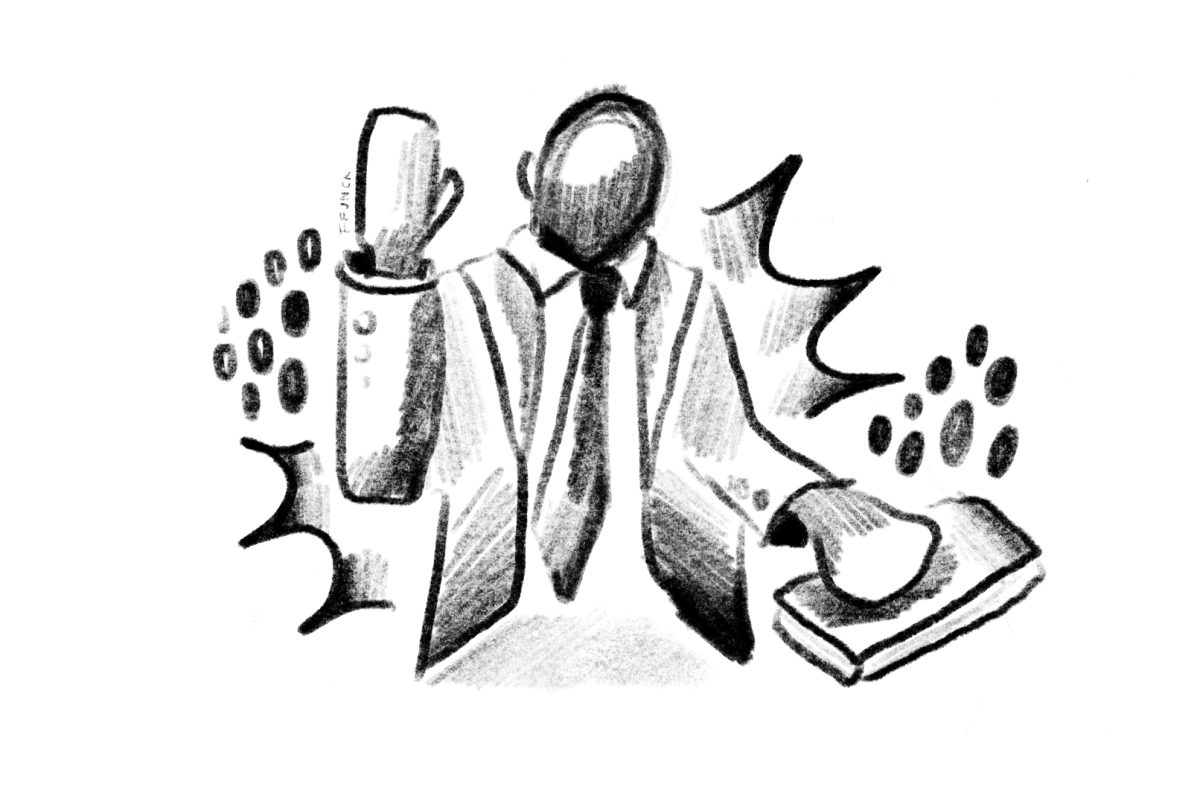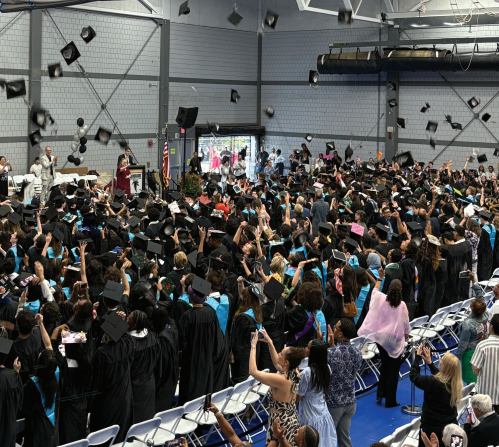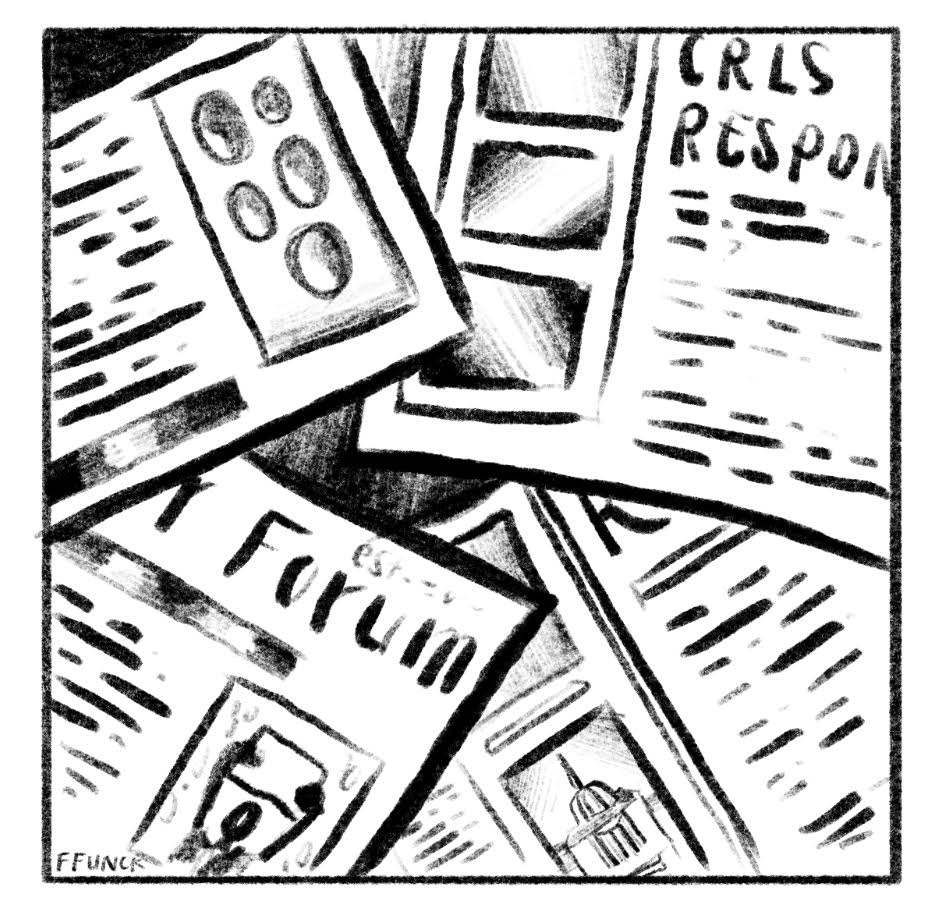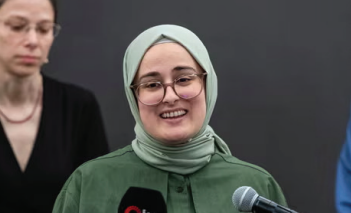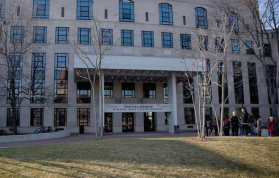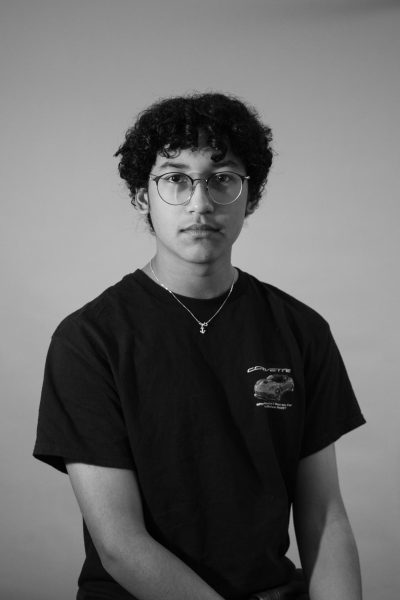On October 11th, 2024, the Norwegian Nobel Committee awarded the Nobel Peace Prize to the Japan Confederation of A-and H-Bomb Sufferers Organizations, also known as Nihon Hidankyo, for its “efforts to achieve a world free of nuclear weapons and for demonstrating through witness testimony that nuclear weapons must never be used again.”
Nihon Hidankyo is an organization that represents the survivors of the atomic bombs dropped on the cities of Hiroshima and Nagasaki. The two bombings killed at least 210,000 people, while approximately 650,000 survived with radiation injuries. Before the organization’s foundation in 1956, the existence of hibakusha (the Japanese term for nuclear bomb survivors) was hidden from the public and was considered taboo.
This stigma began to break after the Lucky Drag- on No. 5 incident in 1954. In this event, the crew of a Japanese tuna fishing vessel was exposed to radioactive fallout from a U.S. nuclear bomb test conducted at Bikini Atoll. Despite being outside the declared danger zone, the bomb was twice as powerful as predicted. It exposed many inhabitants of nearby islands, all 23 crew of the Lucky Dragon No. 5, and approximately 1,400 other Japanese fishing vessels to radioactive contamination. This tragedy sparked Japan’s first anti-nuclear movement, which eventually led to the recognition of hibakusha and the establishment of Nihon Hidankyo.
Since its founding, Nihon Hidankyo has worked tirelessly through grassroots activism both locally and internationally to advocate for the abolition of nuclear weapons and prevent their spread. Inside Japan, they have strived for survivor’s rights and governmental compensation. In 1982, the organization’s delegate spoke at the Conference of Disarmament at the UN. Since 2012 they have also worked closely with another Nobel Peace winning organization, International Campaign to Abolish Nuclear Weapons (ICAN). In 2017 they facilitated the resolution of the UN Treaty on the Prohibition of Nuclear Weapons (TPNW).
The Nobel Peace Prize was in many senses, a testimony of dedicated efforts of the survivors to never again create another hibakusha, but also as a reminder that the nuclear threat continues to grow. Across Europe as well as in the Middle East, Nuclear Powers continue to wage wars.
This article also appears in our November 2024 print edition.

